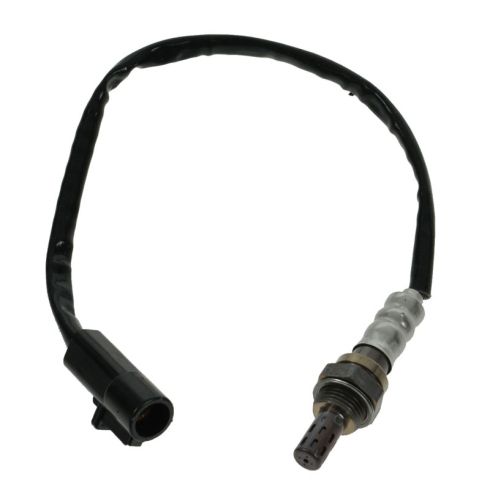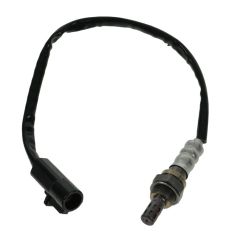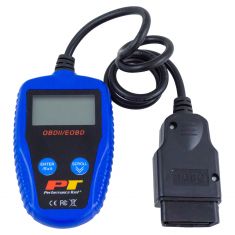WKEOS00010-O2 Oxygen Sensor Walker Products 250-24001

Replaces
1994 Ford Mustang V6 3.8L Upstream Right O2 Oxygen Sensor Walker Products 250-24001

Frequently bought together
Product Reviews
Loading reviews
5.00/ 5.0
1
1review
Explorer O2 sensor
August 12, 2019
Great quality perfect match. 1A auto video great
Customer Q&A
Is this for bank 1 sensor 2 on a 96 ranger 2.3-4 cylinder?
March 5, 2022
10
Yes, this part will fit both upstream and downstream locations on your vehicle.
March 7, 2022
Andra M
Is this for bank 2 sensor 1? Need it for my 96 crown vic.
February 6, 2024
10
I purchased this sensor for my 1997 F-250HD with a 7.5l engine. I installed this sensor on the passenger side of the exhaust pipe close to the catalytic converter. I hope this helps.
February 7, 2024
Guillermo D
10
Yes, this part will fit your vehicle in both the upstream and downstream positions.
February 7, 2024
Meghan R
10
This it For Toyota Highlander
February 8, 2024
Carlos P
10
Thx
February 19, 2024
Chrisnord L
Is walker oxygen sensor 250-24001 a narrowband sensor or is it wideband?
September 13, 2024
10
This sensor will have the same specifications as your original equipment. Please confirm fitment with our fitment chart before placing your order.
September 16, 2024
Nick R
Ford is a registered trademark of Ford Motor Company. 1A Auto is not affiliated with or sponsored by Ford or Ford Motor Company.
See all trademarks.




















